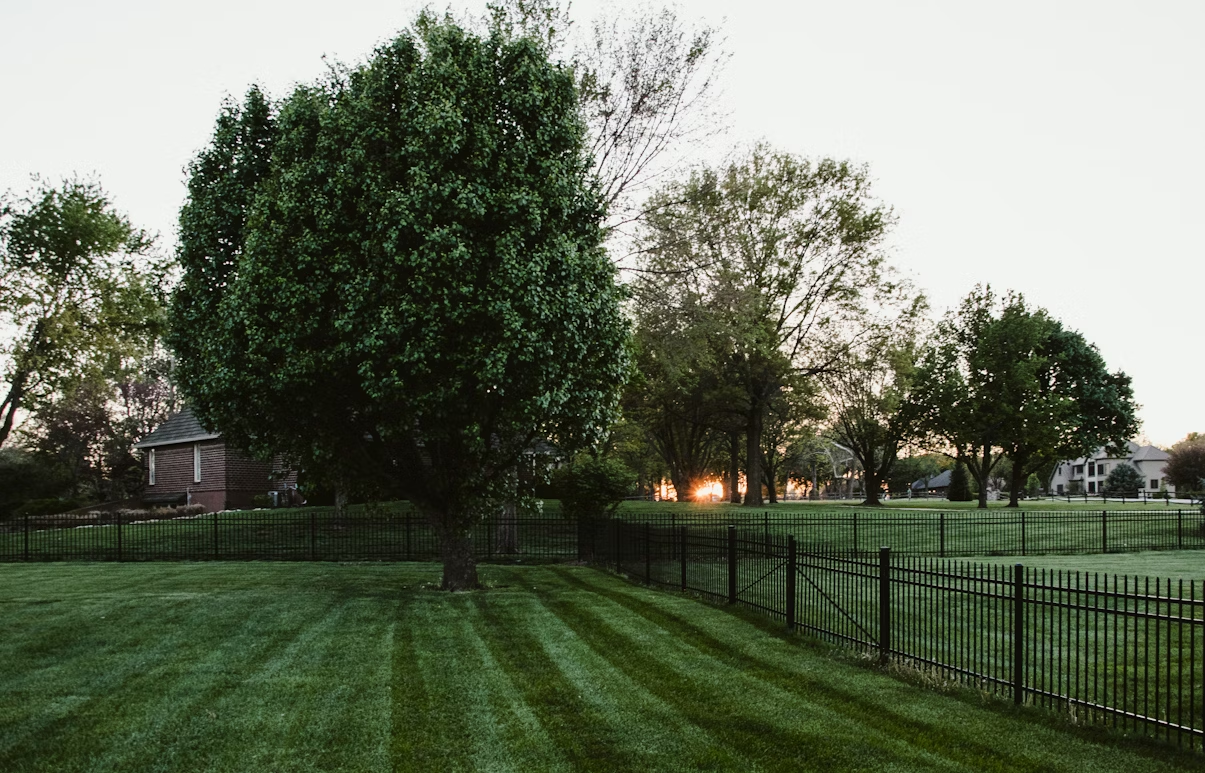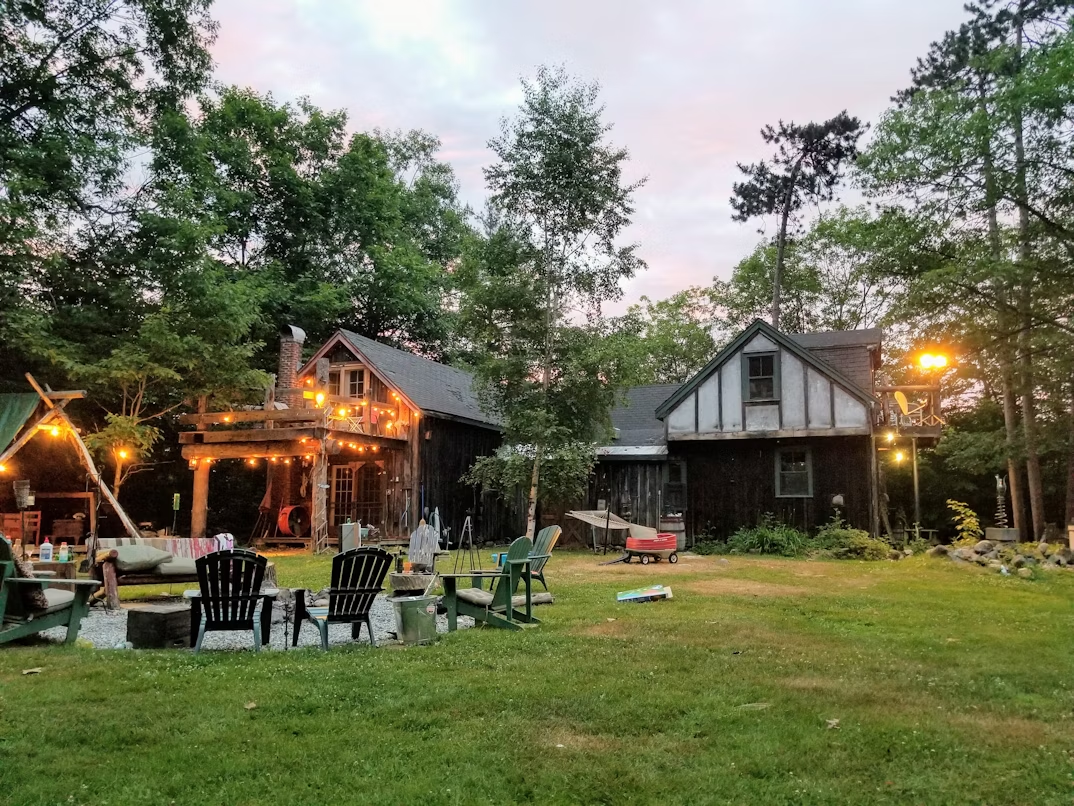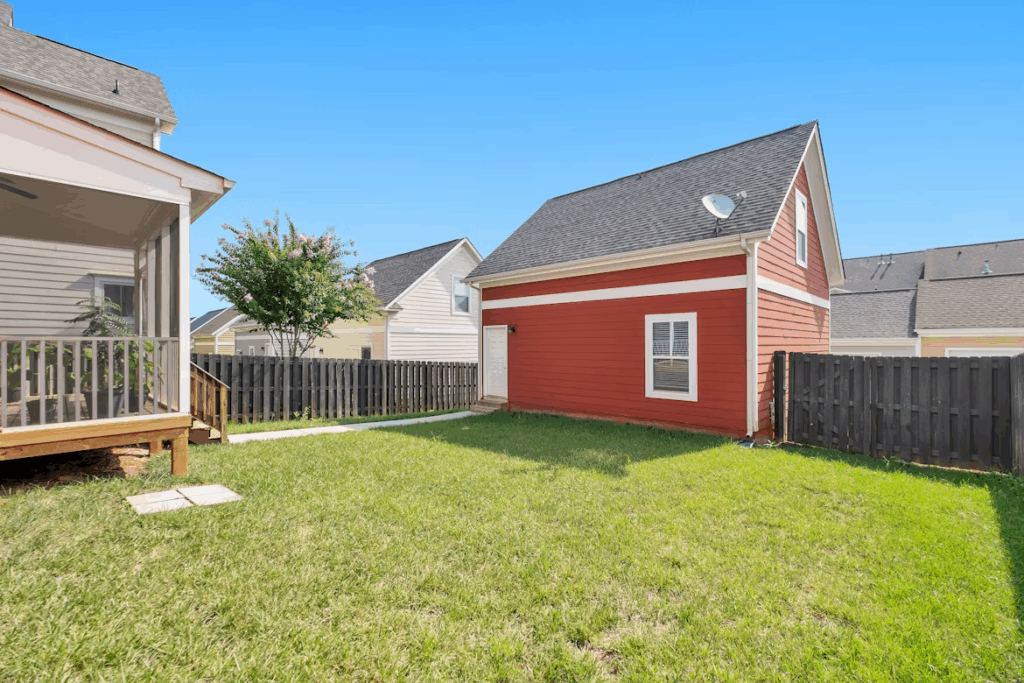Designing a functional and visually appealing yard can be a challenge in regions where water is scarce or natural sunlight is minimal. Traditional grass lawns demand frequent watering and thrive best in sun-drenched conditions—making them less than ideal in such environments. Thankfully, a combination of modern landscaping materials, smart plant selection, and design strategies can yield a yard that remains attractive without constant upkeep.
When your outdoor space struggles with dry conditions, patchy shade, or both, the key is choosing durable, low-input elements that work with nature, not against it. Below are strategic ideas that offer both resilience and beauty for low-maintenance yard makeovers.
Artificial Turf: A Green Solution For All Conditions
Artificial grass is redefining what it means to have a lush lawn in difficult environments.
Homeowners dealing with shade or drought often find natural grass nearly impossible to maintain. Bare patches, muddy spots, and brown, dying blades can make a yard look uncared for despite best efforts. Artificial turf, like the options offered at Artificial Turf Utah, eliminate these challenges entirely.
High-quality synthetic grass provides year-round greenery without the need for irrigation, fertilization, or mowing. It is UV-stabilized to prevent fading in hot sun, and it stays resilient even in shaded yards where traditional grass thins out. This makes it an ideal choice for backyards with large trees, north-facing slopes, or homes in arid regions where water conservation is critical.
In terms of appearance, today’s artificial turf options are far removed from the overly shiny or plastic-like products of the past. Companies like Artificial Turf Utah offer turf that mimics real grass varieties in color, texture, and even blade height. Additionally, installation includes drainage layers, so puddling isn’t a concern. Some homeowners choose to install turf only in certain zones, like pet runs, play areas, or shaded garden corners—allowing for design flexibility and functional use without the hassle of live grass.
Shade-Tolerant Plants That Thrive With Minimal Water
Strategic plant selection is crucial for shaded yards or dry climates, and some species handle both conditions beautifully.
In shaded areas, sunlight-loving species often fail, leaving homeowners frustrated with yellowing or stunted foliage. Instead, incorporating shade-tolerant and drought-resistant plants—such as ferns, coral bells (Heuchera), or hostas—creates a fuller, more vibrant landscape. These plants adapt well to filtered light and typically need less watering once established.
For drier zones, consider incorporating Mediterranean natives like lavender, rosemary, or salvia. These plants are not only drought-tolerant but also attract pollinators and add seasonal interest with flowers and fragrance. When shade and drought combine—such as beneath mature trees—go for tough survivors like Epimedium, Pachysandra, or Liriope muscari. These perennials spread to fill in space, suppress weeds, and require almost no attention once rooted.
Grouping plants with similar water and light needs improves overall success while simplifying maintenance. Apply mulch around them to retain moisture, reduce evaporation, and suppress weed growth—a win-win solution in challenging yard conditions.
Hardscaping: Patios, Paths, And Rock Features
Hardscaping is a game-changer for low-maintenance yards, especially in areas where grass and plants underperform.
Instead of struggling to grow greenery where it doesn’t belong, invest in patios, walkways, and decorative stonework that complement the home while cutting down on water and time demands. Flagstone paths, gravel sitting areas, and paver patios create usable space and lend structure to your landscape design.
In drought-prone yards, permeable hardscaping like decomposed granite or porous pavers allows rainwater to seep into the soil rather than run off. In shaded areas where moss and slippery mud are common, well-drained paths improve safety and aesthetics.
For visual appeal, consider incorporating boulders, dry creek beds, or retaining walls. These elements double as functional solutions (directing runoff or controlling erosion) while replacing finicky turf or high-maintenance flowerbeds. Use varied stone colors and textures to define zones or frame plant groupings, bringing dimension and contrast to shady or dry yards without relying on water-thirsty plantings.

Photo by Frames For Your Heart on Unsplash
Smart Irrigation Systems For Minimal Upkeep
Even drought-tolerant landscapes need occasional watering—especially when plants are first established. The key is precision over volume.
Installing a smart irrigation system helps minimize water waste while keeping your plants healthy. These systems connect to local weather data and adjust schedules based on rainfall, temperature, and soil moisture levels. Drip irrigation, in particular, is highly efficient for shaded and drought-prone zones since it delivers water directly to roots, avoiding evaporation and runoff.
Use separate irrigation zones for different yard sections. Shaded zones retain moisture longer than sunny ones, so watering them less frequently saves resources. Grouping plants by water needs also allows you to avoid over- or under-watering. Some smart controllers allow for remote control via smartphone apps, so you can adjust irrigation while away or monitor system performance over time.
This approach not only reduces utility bills but also protects the long-term health of your landscaping—ensuring trees, shrubs, and groundcovers flourish without manual hose-dragging or guesswork.
Groundcover Alternatives For Grass-Free Areas
Low-maintenance groundcovers can be used as complete lawn replacements or to fill tricky zones beneath trees and along walkways.
Grass isn’t the only option for soft green coverage. Creeping thyme, dwarf mondo grass, and Sedum species offer beautiful, hardy solutions that don’t require mowing, fertilizing, or constant watering. Many of these groundcovers also suppress weeds and tolerate foot traffic, making them functional as well as attractive.
In shaded regions, moss might even be encouraged as a living carpet that needs no mowing and little water. It thrives on moisture from dew and shaded condensation, so once established, it becomes self-sustaining. Groundcovers also play a crucial role in erosion control on slopes and under large canopies—areas where standard turf grasses usually fail.
By blending textures and colors—such as pairing variegated ajuga with solid green ivy—you can create a patchwork that visually replaces a lawn without the demands of one. In tight spaces or narrow side yards, these groundcover mosaics can outperform any sod in longevity and charm.

Photo by Shaun Montero on Unsplash
Endnote
Designing a low-maintenance yard in a drought-prone or shaded environment isn’t about settling for less—it’s about being strategic. Pairing that with smart hardscaping, water-wise plants, and efficient irrigation transforms any outdoor space into a practical, beautiful retreat. Instead of battling nature, the right design works with it—saving you time, conserving water, and creating a space that feels effortlessly vibrant all year round.

